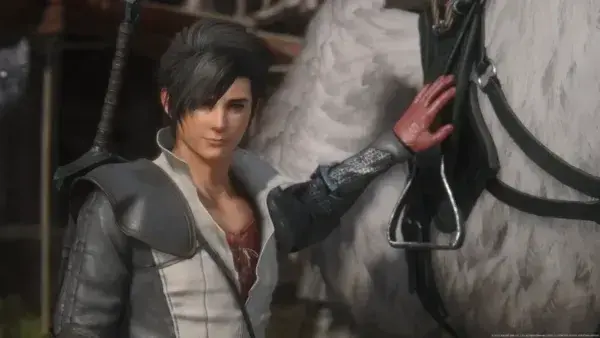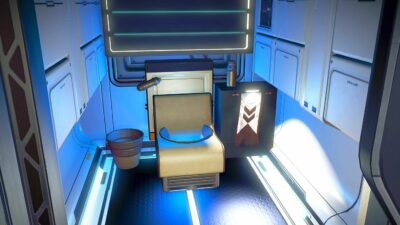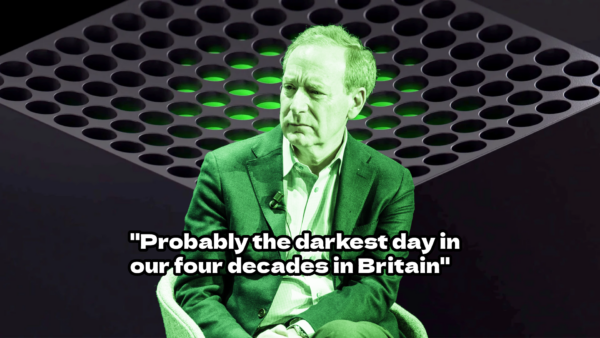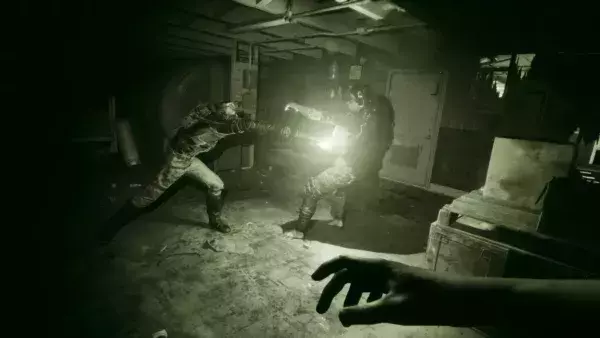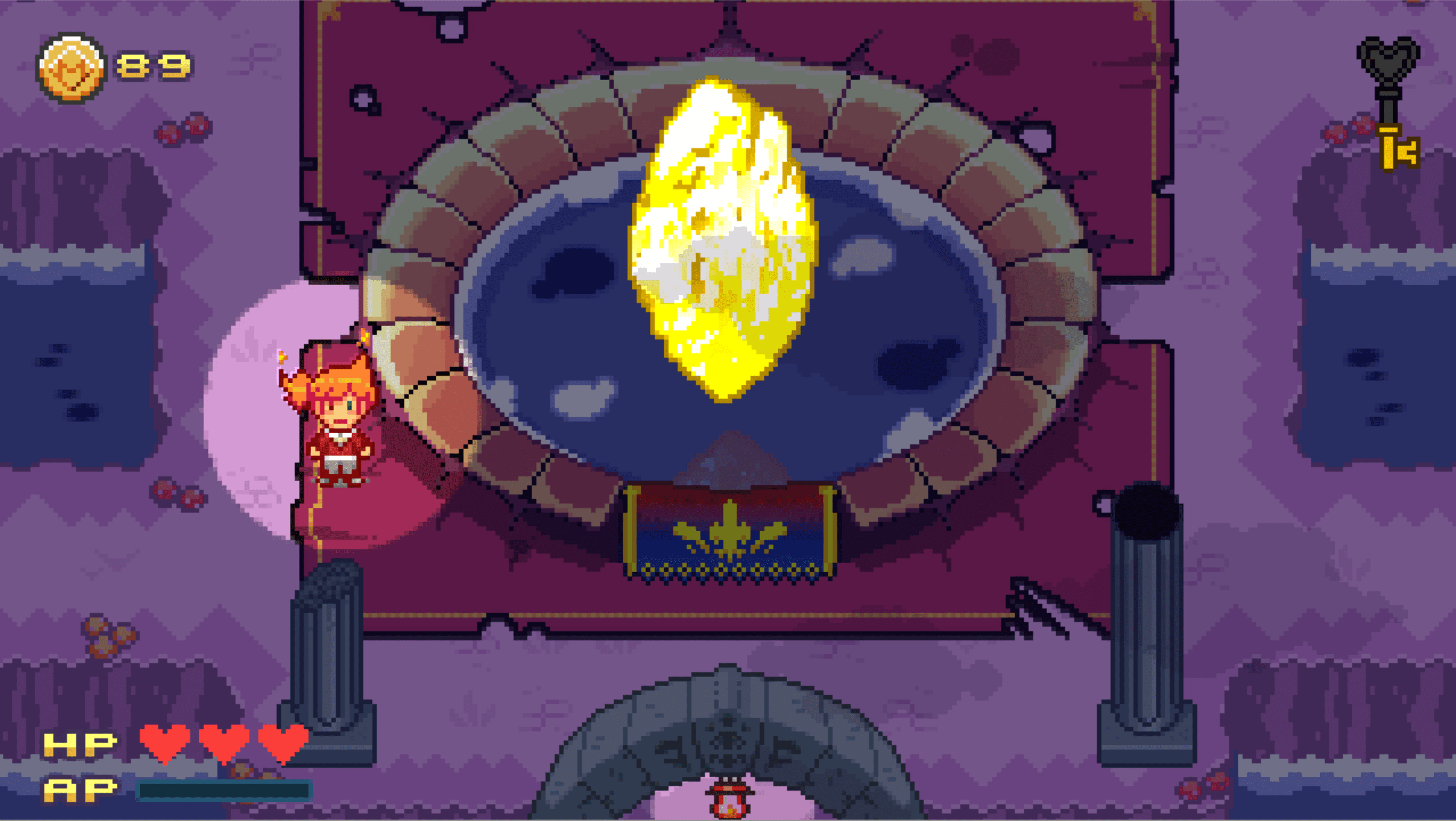
Can one person, with almost no programming experience, craft their own top-down action RPG in the style of A Link to the Past, EarthBound, or Chrono Trigger? If you’re Fred Brown from Georgia, USA, then the answer’s yes. A graphic designer and illustrator by trade, Brown began work on Crystal Story: Awakening in late 2018. Originally a webcomic, it weaves a fantastical story about a little girl named Mina, who’s charged with reuniting the four shards of a magic crystal capable of granting wishes.
From its opening cutscene, Crystal Story’s influences are plain to see: everything from its resolution to its colour palette to its sprite design screams Super Nintendo, and Brown’s eager to point out that the game’s influenced by the SNES titles he played (and watched being played) as a child. What’s also striking about Crystal Story, though, is how solidly made it is; Mina’s basic fireball attack is quickly joined by a sword, and the basic enemies you initially meet are stunned with a burst of flame and then finished off with a swish of your blade.
It’s a satisfying combo that’s soon broken up by Zelda-like puzzling, exploration, and trickier combat challenges. “I spent a lot of time studying games like Metroid and Zelda,” Brown explains. “I hooked up a SNES Classic next to me on my second monitor, and actually recorded footage/let’s play videos and studied animations, like Link’s sword swing, frame-by-frame, seeing how the masters made it work.”

Many screens contain ingenious little Zelda-esque puzzles, such as this one with its cheery ghost and destructible crystals.
Although Brown’s programming experience was fairly minimal, he’d dabbled in a bit of GameMaker as a youth, and it was this platform he turned to when he began thinking of turning Crystal Story from a webcomic to a game. “I decided to give (GameMaker) a shot, since I felt like I was pretty strong with pixel art, and the more I learned, the more motivated I became to stick with it,” Brown recalls. “What happened was that I spent a whole year making Crystal Story: Awakening from the ground up, with basically zero knowledge. It was fun, nerve-wracking, and challenging. When things weren’t working, it was a huge pain in the butt, but when I fixed something, or got a new mechanic in, it was so rewarding. I remember being ecstatic when I made the initial Mina sprites, and was able to get her to light up some lanterns I drew beneath some arches as she walked underneath them!”
Before heading to GameMaker, though, Brown planned the game by carefully storyboarding everything from its cutscenes to its mechanics; in its early stages, Brown says, Crystal Story was fairly basic, with no enemies to fight. “I wanted to make it easy enough that this could be something I felt confident I could do,” he tells us, before adding that, as his development skills grew, his ideas also began to increase in ambition. “What ended up happening was that my speed of learning outpaced those initial storyboards, and I ended up raising the scope significantly. I’d say about 60% of the stuff in the game was me flying by the seat of my pants, coming up with new ideas to have fun with.”

Turn-based battles are punctuated by neat minigames that have to be completed to dodge an attack or charge up your Action Points bar.
Indeed, Crystal Story’s scope grew to such an extent that what began life as a demo eventually became the first chapter in a much bigger saga – hence the Awakening suffix in the game’s title. Awakening was completed and published on itch.io in June 2020, and Brown’s now working on the next chapter, Crystal Story: Dawn of Dusk. From the first chapter to the latest, Brown’s had some vital support from other artists and musicians in the process of crafting his miniature fantasy epic – Skittlegirl Sound and Tetrix are working on the soundtrack, while Brown’s wife is providing character designs, illustrations, and a spot of playtesting.

The jovial shopkeeper has a much bigger role than you might initially expect.
With Crystal Story’s foundations laid, though, an ever-present challenge remains: finding spare time. “Since I work full-time, I had to reframe my way of thinking a bit,” Brown explains. “I tackled the development of Crystal Story like this: I work from eight until five. I come home, do what I need to do, and I can get started working on the game at around seven or eight-ish. Weekends are typically open for me year-round as well. That gives me about four or five hours (six if I’m feeling bold) to work each night. Some nights I don’t work on anything and just chill. That’s cool too, and is extremely important to me! I try to take a week or a few days off after fixing a huge bug, or finishing up and demoing a big, new mechanic or cutscene as a reward. I try to reward myself frequently after taking care of something tough or important to the game.”
Understandably, the global pandemic disrupted the development of Crystal Story: Dawn of Dusk somewhat, but Brown’s hoping he’ll have the second chapter ready before the year’s out. “I’m working hard on episode two this year, now that the craziness has passed us for the most part,” Brown tells us. “I’m having a blast working on the game, and I can’t wait for players to try out all the new goodies. I want this game to be a step-up from Awakening in every possible way, so I’ve been taking my time.”
Crystal Story: Awakening is available to download now.

An early peek at Crystal Story: Dawn of Dusk, the saga’s second, even more ambitious chapter.
Magic ingredients
Some of Crystal Story’s influences are easy to spot, but some are far more left field; its turn-based boss battles, in particular, have a loose connection to a certain Super Mario villain. “Besides Zelda, there were a ton of influences, some of them not even SNES games,” Brown tells us. “Mina acquiring and using new abilities were both influenced by Metroid and Zelda, the back-tracking in Awakening was inspired by Metroid again… the boss battle system was inspired by EarthBound, Undertale, and WarioWare. I liked how Undertale made you more engaged with its turn-based battle system, but I thought it’d be cool to take a new mechanic you’ve learned from a dungeon (like in Zelda), and use it in a fast-paced ‘trial’ inspired by WarioWare to fight a boss.”


